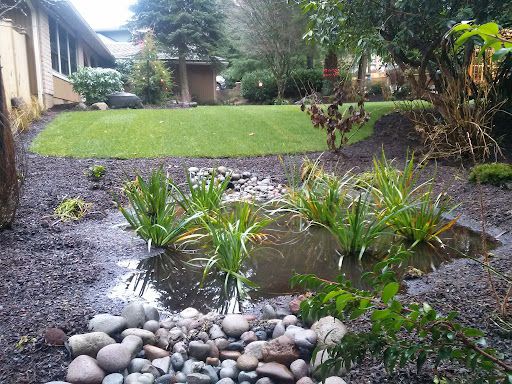Fall is fast approaching, and you're finally ready to fix your lawn! Does your struggling lawn only need some minor repairs, or does it need a full Lawn Renovation? Knowing what’s wrong with your lawn is the first step to repairing it.

- Weeds Outnumber Grass
- Unsightly Bare Spots
- Yellowish, Thinning Grass
- Excessive Thatch
- Too Much Moss
Let’s take a closer look at these top 5 signs of a struggling lawn:
Weeds Outnumber Grass: What is your weed tolerance threshold? Perhaps a few weeds don’t bother you, but when they take over, especially tenacious weeds, you may decide it’s time to take action. Our Organic Weed Control program uses low-ri...







